Punta Arenas/Strait of Magellan
Since leaving Miami, we have sailed 10,000 nautical miles in 42 days!
Located a day north of Ushuaia, along the Argentinian/Chilean fjords (pronounced fee-ordz) is Punta Arenas, a city of 120,000, making it the largest city in the Strait of Magellan/southern Chile. It is also the coldest city in the country. Presumably, it would have a larger population if not for the lack of natural resources and local weather. It is not uncommon to get warm temps, rain, snow, and hurricane winds, all in the same day!
The city’s name translates to “Sandy Point”. It has very colorful shops and homes as well as buildings featuring European architecture scattered throughout, and is a haven for the abundant penguin population who call this area home. While it has many markets, shops, etc., it’s primarily a fishing town and a stopping off point for (ship) traffic to and from Antartica.

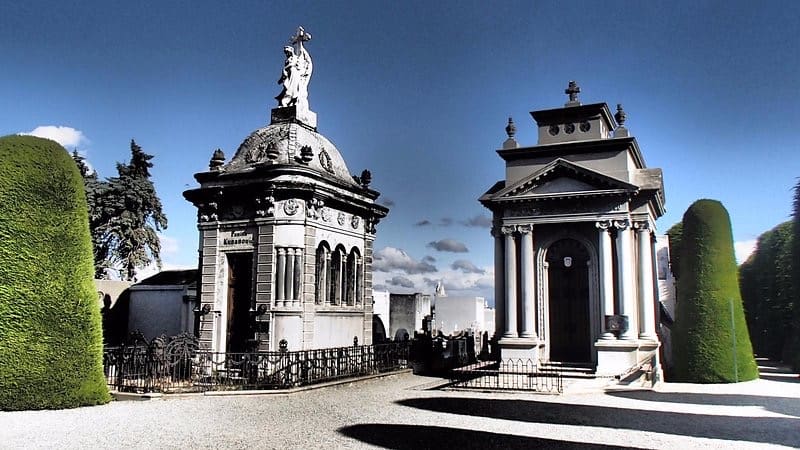
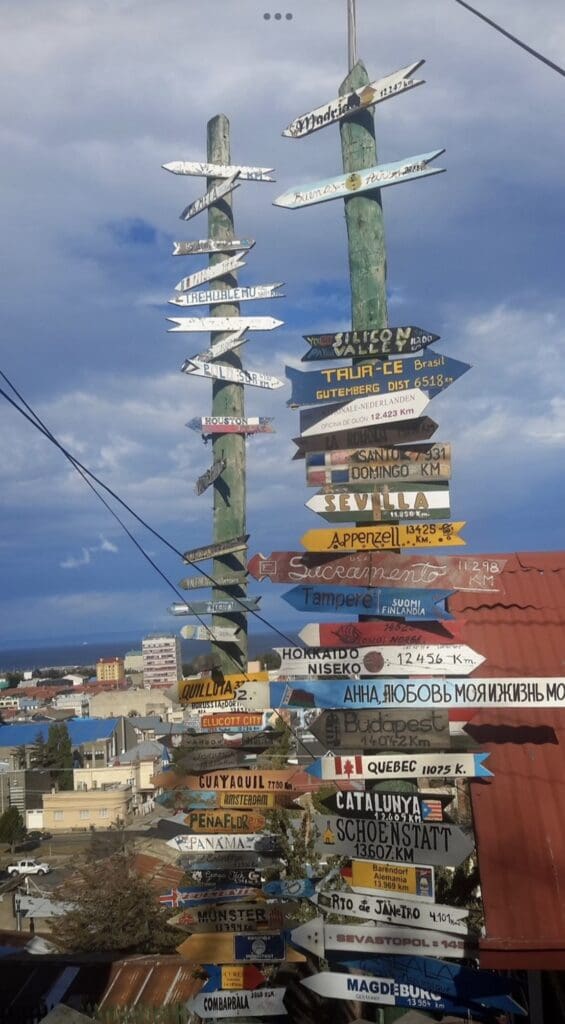
Unfortunately, the day we visited, high winds kept us from tendering and we were unable to disembark.
🙁
Instead, we spent the day touring the Strait of Magellan. And Wow! What a day.
Located just northwest of the Beagle Channel, the Strait of Magellan (a.k.a. Straits of Magellan) is in Chile’s Patagonia Region. Due to its unpredictable currents, narrow passages, and the foreboding winds (which we experienced first-hand) the 350-miles Strait is often quoted to be one of the world’s most treacherous routes to navigate in the world.
This proved to be true a couple of nights ago. While we slept through most of it, rough seas opened all of our cabins drawers and door overnight. It even managed to open our refrigerator. Several bottles of water were rolling around on the floor and kept turning on our motion-activated nightlight waking me. But I have to admit that the rocking is very nice and put me right back to sleep within a few minutes. And everyone knows, “A bad day sailing is 100 times better than a good day at work.”
🙂
The strait’s narrow valleys that make up the fjords were created by ice sheets that retreated and are now narrow inlets leading to the sea. The Argentinian side tends to be flat and dry, and the Chilean side is mostly sheer, heavily forested, glacier covered mountains with meandering waterfalls. (At one point, we were able to count 31 waterfalls visible at one time!) Our two-days on the Strait offered some of the most surprising and breathtaking views of the trip.
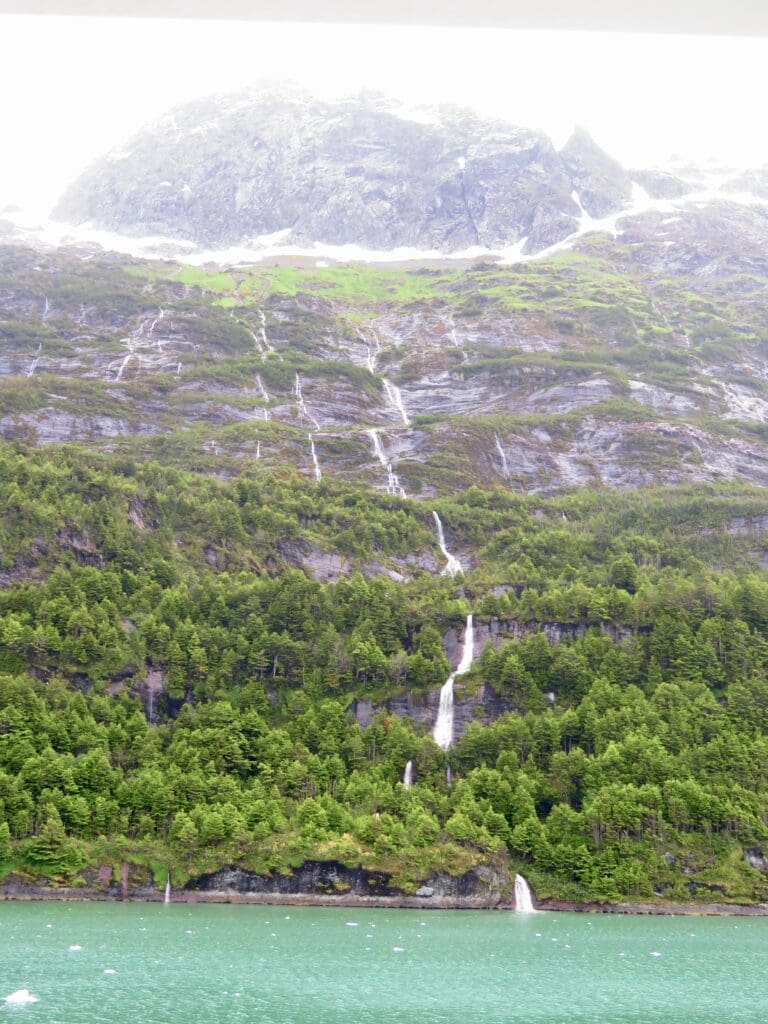
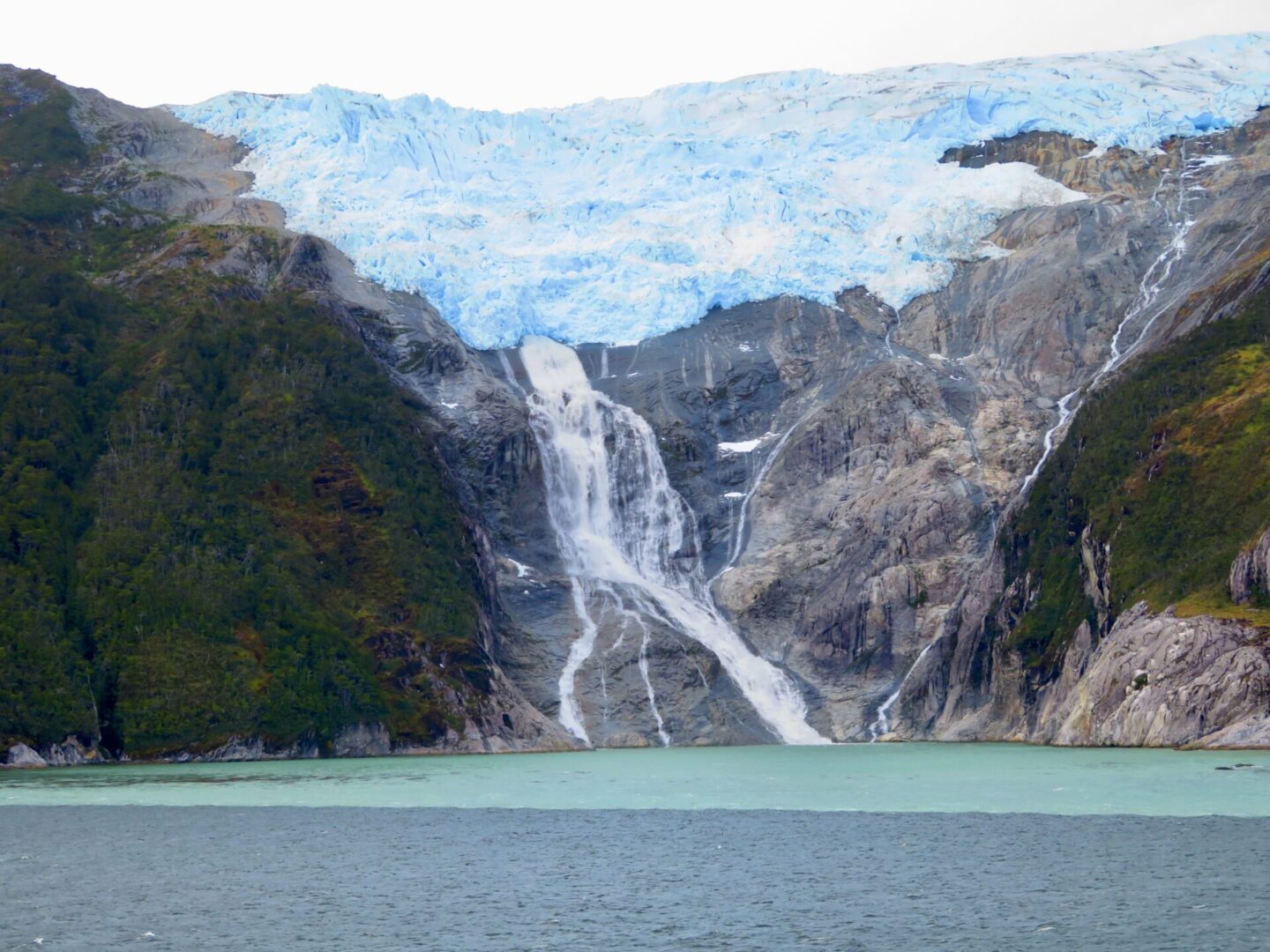
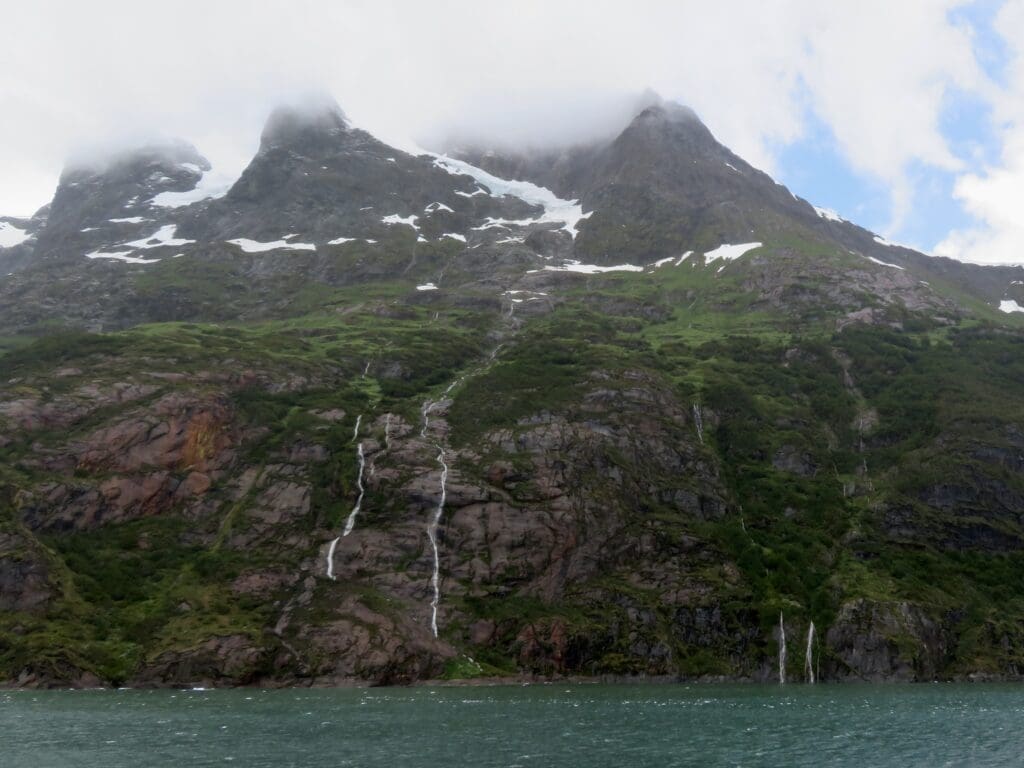
Today we are sailing north on the South Pacific Seas on our way to another of many highly anticipated stops in Chile. We’ll be there in a few days.
Carpe diem amigos!


Recent Comments